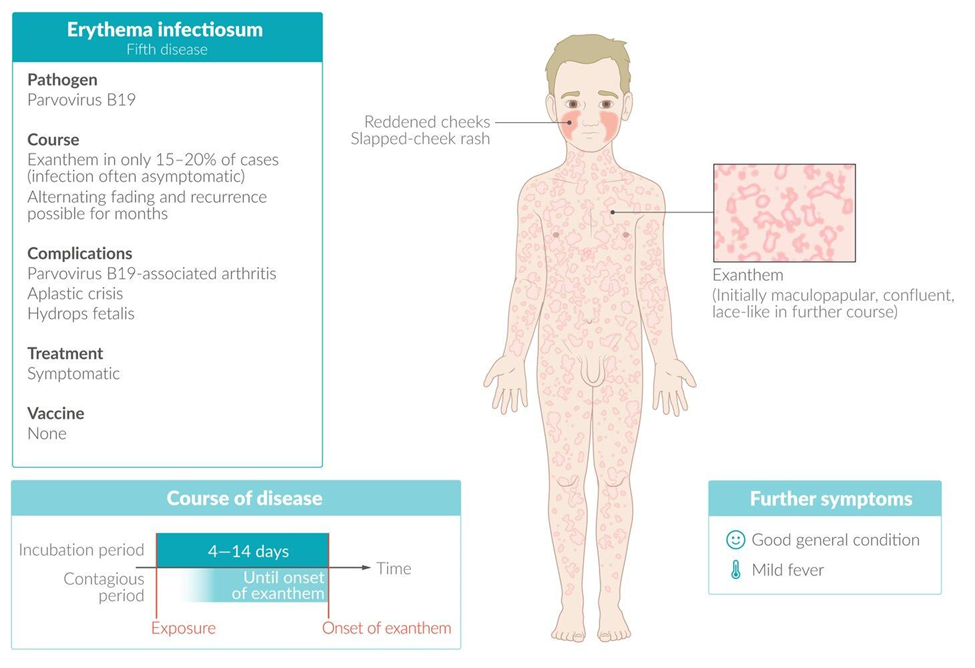The nurse is creating a plan of care for a child who is at risk for seizures. Which interventions apply if the child has a seizure? Select all that apply.
Move furniture away from the child.
Place the child in a prone position.
Restrain the child.
Time the seizure
Insert a padded tongue blade in the child's mouth.
Stay with the child
Correct Answer : A,D,F
A.Move furniture away from the child.
Explanation: Creating a safe environment is important during a seizure. Moving furniture away from the child helps prevent injury.
B.Place the child in a prone position.
Explanation: Placing the child in a prone position (face down) is not recommended. The child should be placed on their side to allow for drainage of oral secretions and to prevent aspiration.
C. Restrain the child.
Explanation: Restraint is generally not recommended during a seizure, as it may cause injury to the child or the person providing care. Allow the seizure to run its course, and focus on keeping the environment safe.
D.Time the seizure.
Explanation: Timing the duration of the seizure is important for medical evaluation and management. Note the start and end times of the seizure.
E. Insert a padded tongue blade in the child's mouth.
Explanation: Inserting any object, including a padded tongue blade, into the child's mouth during a seizure is not recommended. This can lead to oral and dental injuries. Maintaining a clear airway and protecting the child from injury are priorities.
F. Stay with the child.
Explanation: Staying with the child provides support and ensures the child's safety during the seizure. It also allows the caregiver to observe and provide information to healthcare professionals.
Nursing Test Bank
Naxlex Comprehensive Predictor Exams
Related Questions
Correct Answer is C
Explanation
A. A highly pruritic profuse macule to papule rash on the trunk.
Explanation: This description does not align with the typical presentation of erythema infectiosum. The rash in fifth disease is not highly pruritic, and the initial characteristic is the "slapped face" appearance.
B. A discrete pinkish red maculopapular rash that is spreading to the trunk.
Explanation: While erythema infectiosum can involve a discrete rose-pink maculopapular rash on the trunk and limbs, the key initial characteristic is the "slapped face" appearance.
C. An erythema on the face that has a "slapped face appearance."
Explanation:
Erythema infectiosum, caused by the parvovirus B19, is commonly known as fifth disease. The initial rash often presents with a distinctive "slapped face" appearance, characterized by erythema (redness) on the cheeks, resembling a slapped appearance. Subsequently, a discrete rose-pink maculopapular rash may develop on the trunk and limbs.
D. A discrete rose-pink maculopapular rash on the trunk.
Explanation: This description aligns with the later stages of the rash in erythema infectiosum. However, the initial characteristic is the "slapped face" appearance on the face.

Correct Answer is B
Explanation
A. Rye toast
Explanation: Rye contains gluten, so it is not appropriate for individuals with celiac disease. Rye, like wheat and barley, should be avoided.
B. Rice
Explanation:
Celiac disease is a condition characterized by an immune reaction to gluten, a protein found in wheat, barley, and rye. Therefore, individuals with celiac disease need to avoid gluten-containing foods. Rice is naturally gluten-free, making it a suitable and safe option for individuals with celiac disease.
C. Wheat bread
Explanation: Wheat contains gluten, and products made from wheat, including wheat bread, should be strictly avoided by individuals with celiac disease.
D. Oatmeal
Explanation: Oats themselves are gluten-free, but they are often contaminated with gluten during processing. Some individuals with celiac disease can tolerate pure, uncontaminated oats, while others may need to avoid oats altogether. It is important to choose certified gluten-free oats if including them in the diet.
Whether you are a student looking to ace your exams or a practicing nurse seeking to enhance your expertise , our nursing education contents will empower you with the confidence and competence to make a difference in the lives of patients and become a respected leader in the healthcare field.
Visit Naxlex, invest in your future and unlock endless possibilities with our unparalleled nursing education contents today
Report Wrong Answer on the Current Question
Do you disagree with the answer? If yes, what is your expected answer? Explain.
Kindly be descriptive with the issue you are facing.
